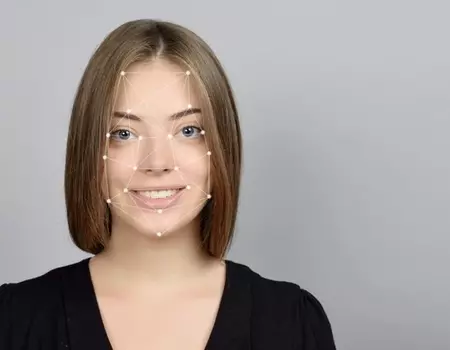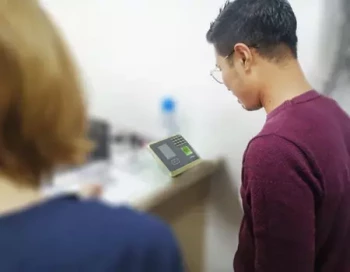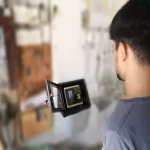Facial recognition is a way of identifying or confirming an individual’s identity using their face. Facial recognition systems can be used to identify people in photos, videos, or in real-time
Tracking student or worker attendance
Some educational institutions in China use face recognition to ensure students are not skipping class. Tablets are used to scan students' faces and match them to photos in a database to validate their identities. More broadly, the technology can be used for workers to sign in and out of their workplaces, so that employers can track attendance.
Step 1: Face detection
The camera detects and locates the image of a face, either alone or in a crowd. The image may show the person looking straight ahead or in profile.
Step 2: Face analysis
Next, an image of the face is captured and analyzed. Most facial recognition technology relies on 2D rather than 3D images because it can more conveniently match a 2D image with public photos or those in a database. The software reads the geometry of your face. Key factors include the distance between your eyes, the depth of your eye sockets, the distance from forehead to chin, the shape of your cheekbones, and the contour of the lips, ears, and chin. The aim is to identify the facial landmarks that are key to distinguishing your face.
Step 3: Converting the image to data
The face capture process transforms analog information (a face) into a set of digital information (data) based on the person's facial features. Your face's analysis is essentially turned into a mathematical formula. The numerical code is called a faceprint. In the same way that thumbprints are unique, each person has their own faceprint.
Step 4: Finding a match
Your faceprint is then compared against a database of other known faces. For example, the FBI has access to up to 650 million photos, drawn from various state databases. On Facebook, any photo tagged with a person’s name becomes a part of Facebook's database, which may also be used for facial recognition. If your faceprint matches an image in a facial recognition database, then a determination is made.
Of all the biometric measurements, facial recognition is considered the most natural. Intuitively, this makes sense, since we typically recognize ourselves and others by looking at faces, rather than thumbprints and irises. It is estimated that over half of the world's population is touched by facial recognition technology regularly.







